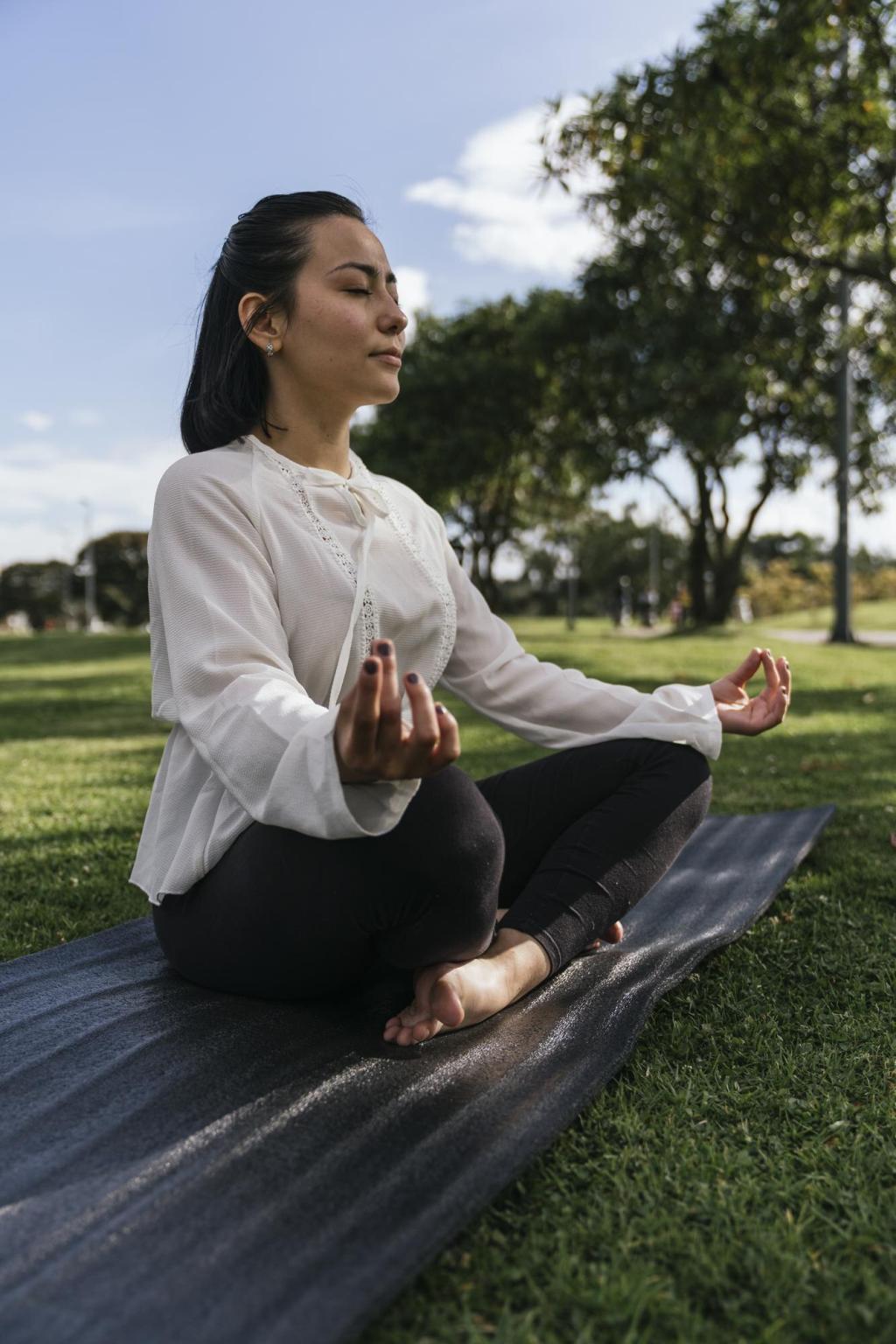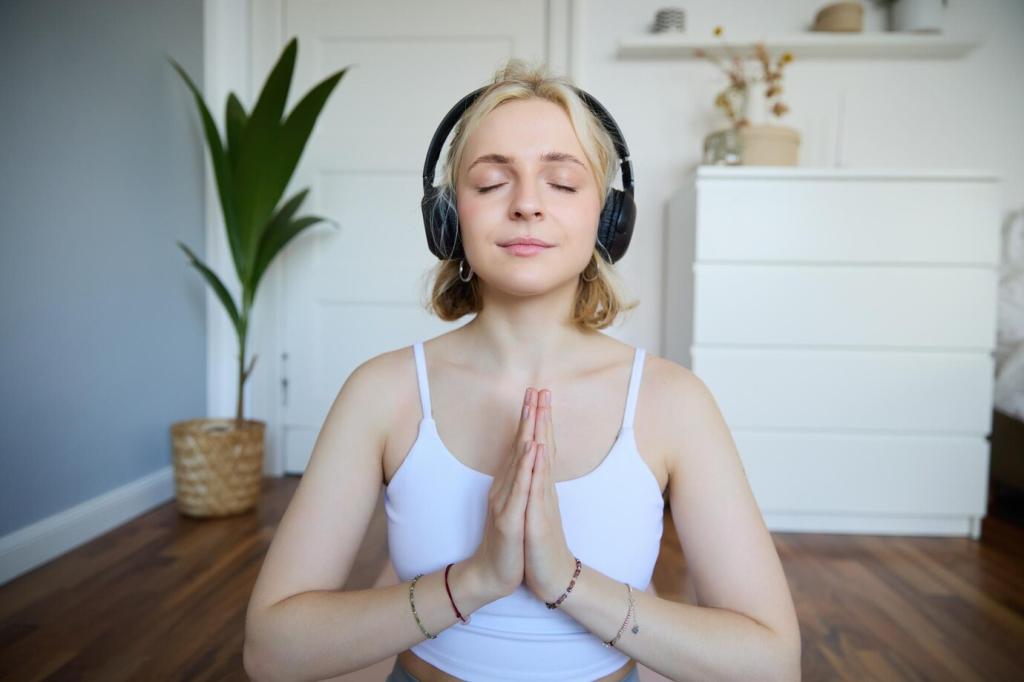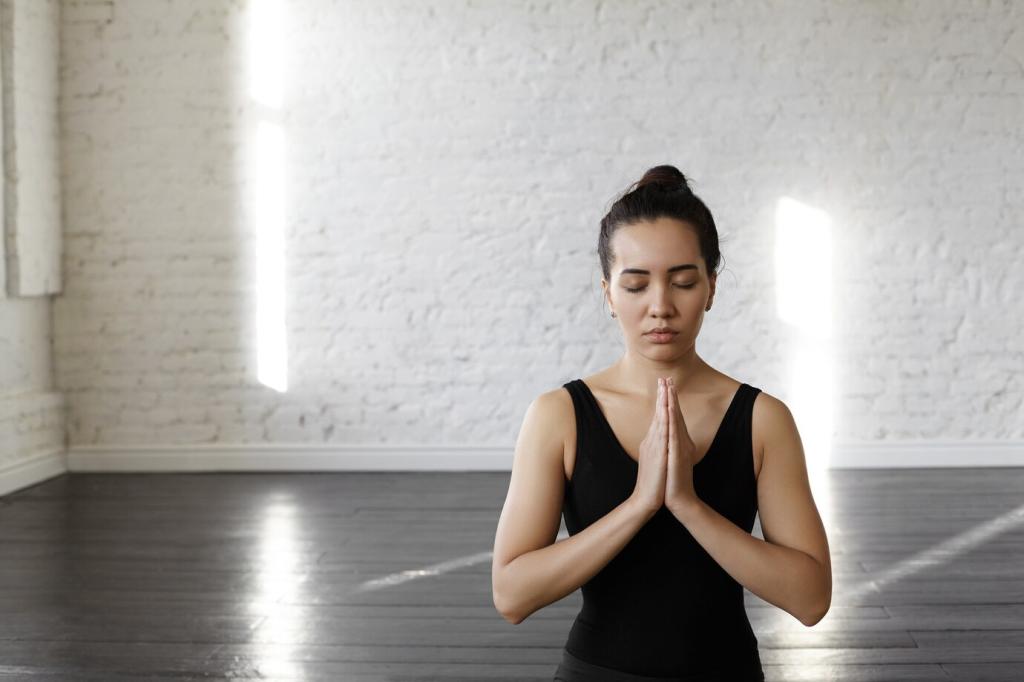Technique Spotlight: 4–7–8 Relaxation Breath
Inhaling for four, holding for seven, and exhaling for eight prolongs the exhale, encouraging parasympathetic calm. The rests are not strain but space—tiny invitations for the nervous system to unclench and for the mind to meet stillness with trust.
Technique Spotlight: 4–7–8 Relaxation Breath
Use two to four gentle rounds before evening meditation or sleep. Keep attention lightly on the lengthening exhale as if you’re dimming the lights from bright to warm amber. Let the day’s edges round off without needing to solve anything.








